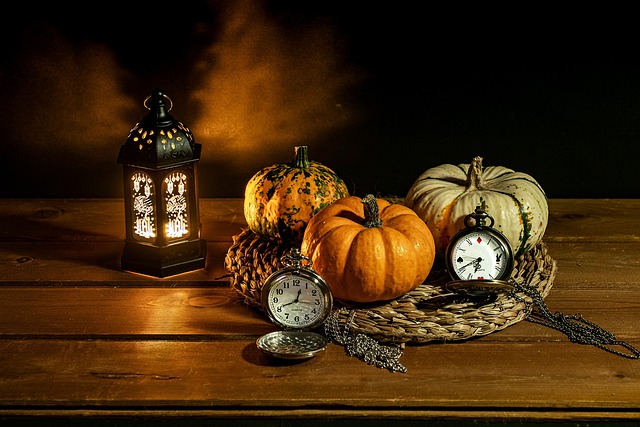Master the Art of Composition: Expert Guidance for Stunning Photography
Photography is more than just capturing a moment; it’s about expressing a feeling and telling a story through visuals. The way elements are arranged in a frame can turn an ordinary snapshot into a compelling image. With the right guidance, anyone can learn to master the essential principles of composition that elevate their photography from mundane to magnificent.
Understanding Composition
At its core, composition refers to how the different elements in a photograph come together. It’s the invisible thread that ties your images to emotions and narratives. Whether it’s the symmetry of a landscape or the chaotic beauty of a bustling city street, composition is what guides the viewer’s eye and shapes their perception. To achieve stunning photographs, one must pay attention to certain key principles.
1. The Rule of Thirds
The Rule of Thirds is one of the most fundamental guidelines in photography. Imagine breaking your image down into nine equal segments by two vertical and two horizontal lines. By placing your main subject at the points where these lines intersect, you create a more balanced and engaging composition. This technique helps draw the viewer’s eye and creates a sense of harmony in your images.
2. Leading Lines
Using leading lines is another effective method to guide your audience through your photograph. These can be roads, pathways, or natural features like rivers or fences. They create depth and perspective, inviting the viewer to embark on a journey through the frame. Lines can lead to your subject, making them the focal point of your image and enhancing the visual narrative.
3. Framing
Framing is a creative way to draw attention to your subject. This involves using elements in your environment to create a ‘frame within a frame’. For instance, archways or overhanging branches can serve as natural borders that focus the viewer’s attention. This technique not only highlights your subject but also adds layers to your composition, establishing context and intrigue.
4. Negative Space
Embracing negative space is crucial to effective composition. This refers to the area surrounding your subject. Utilizing negative space can enhance the overall impact of an image by emphasizing the subject and allowing for a more poignant representation. It gives the viewer a moment to breathe and reflect, making the photograph even more memorable.
5. The Importance of Light
Light is perhaps the most important element in photography. It can drastically alter the mood and tone of your composition. Experimenting with different lighting conditions can yield diverse results. Golden hour light, characterized by its warm tones, can create ethereal compositions, while harsh midday light may lend a dramatic effect. Understanding how to manipulate light is essential for any photographer seeking to elevate their work.
Using Your Intuition
While guidelines in composition are invaluable, it’s equally important to trust your instincts. Every photographer possesses a unique vision, and breaking the rules can sometimes lead to the most authentic and striking images. Embrace experimentation and allow your personal style to shine through.
The Journey of Improvement
Remember, mastering the art of composition is a journey that requires practice and patience. Seek guidance from experts, but also allow yourself the freedom to explore and make mistakes. Every click of the shutter is an opportunity to learn and grow as a photographer. With dedication, you will find your compositions becoming not only stunning but also deeply resonant.



